2017 Ford Special Service Police Sedan Brake Rotors and Pads
Click here to search another vehicle
All Rotors:
OEM x
Coated x
Drilled, Slotted and Coated x
Front x
Rear x
All Pads:
Ceramic x
Semi-metallic x
Front x
Rear x
Found 10 record
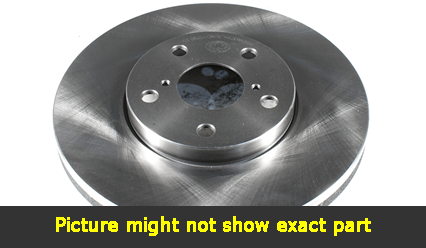
Part No: BR575108
Raybestos: 680982
OE:
Raybestos: 680982
OE:
$81.5 each
Per Car QTY: 2
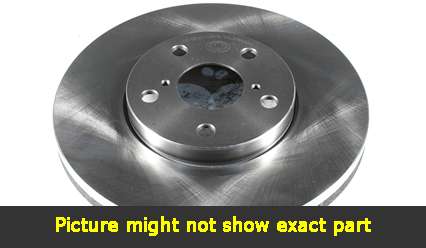
Part No: BR575109
Raybestos: 980983
OE:
Raybestos: 980983
OE:
$48.11 each
Per Car QTY: 2
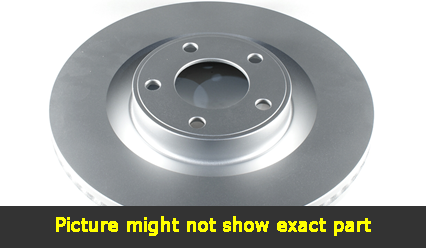
Part No: PP575108
Raybestos: 680982
OE:
Raybestos: 680982
OE:
$102.94 each
Per Car QTY: 2

Part No: PP575109
Raybestos: 980983
OE:
Raybestos: 980983
OE:
$60.79 each
Per Car QTY: 2

Part No: UP575108L
Raybestos: 680982L
OE:
Raybestos: 680982L
OE:
$118.53 each
Per Car QTY: 1

Part No: UP575108R
Raybestos: 680982R
OE:
Raybestos: 680982R
OE:
$118.53 each
Per Car QTY: 1

Part No: UP575109L
Raybestos: 980983L
OE:
Raybestos: 980983L
OE:
$81.49 each
Per Car QTY: 1

Part No: UP575109R
Raybestos: 980983R
OE:
Raybestos: 980983R
OE:
$81.49 each
Per Car QTY: 1
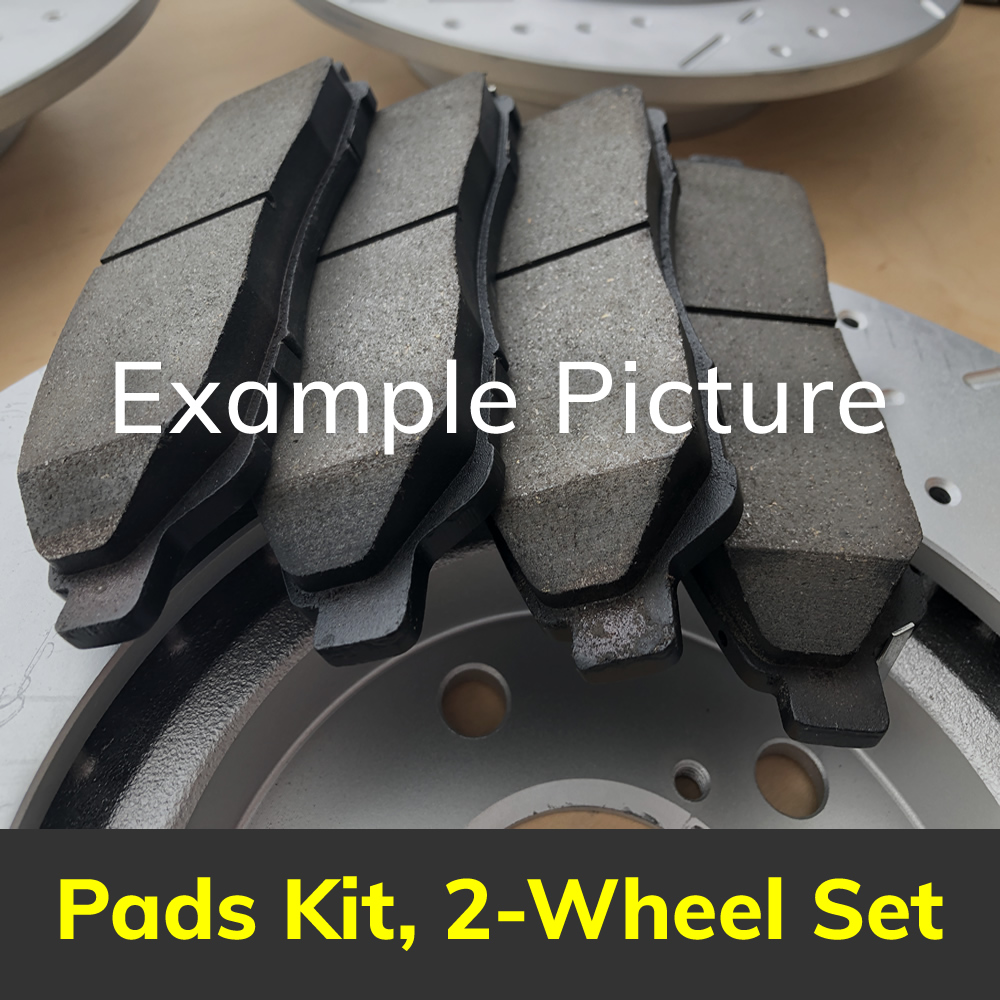
Part No: PD1611C
Raybestos: 1611
OE:
Raybestos: 1611
OE:
$50.24 each
Per Car QTY: 1
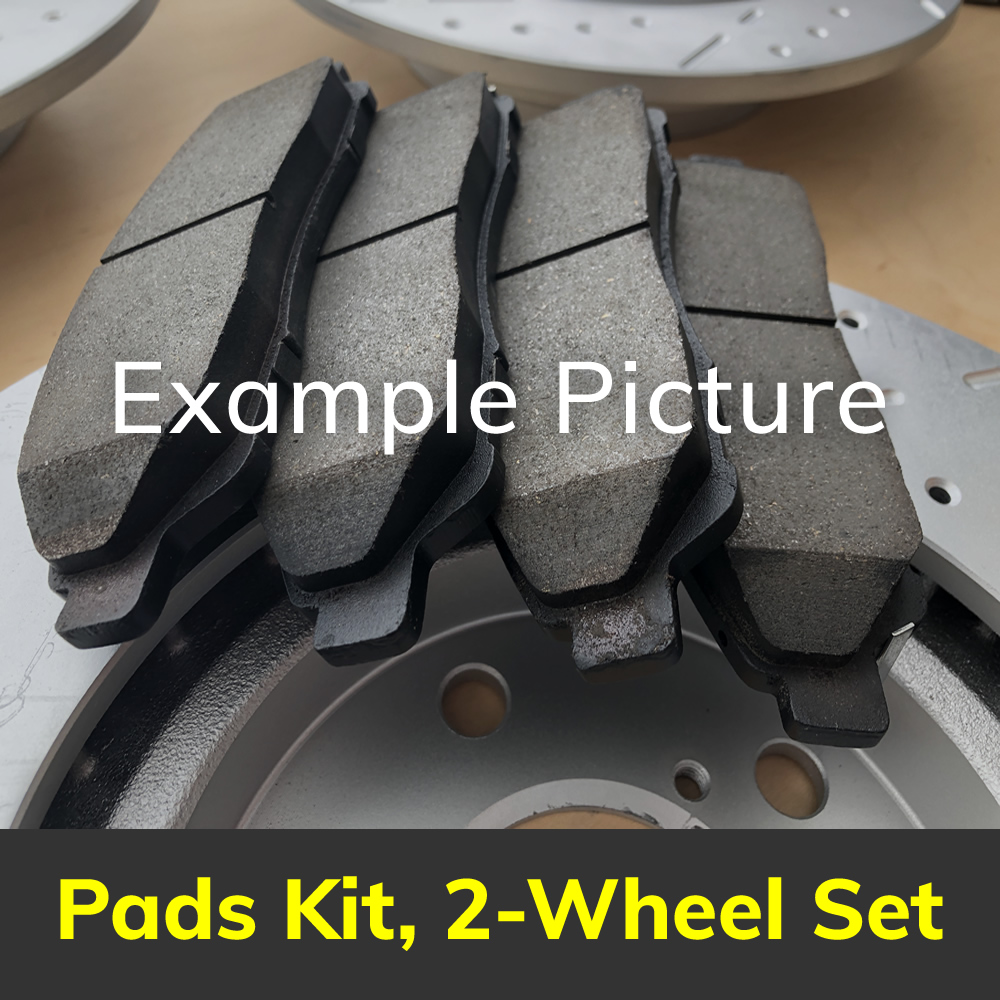
Part No: PD1612C
Raybestos: 1612
OE:
Raybestos: 1612
OE:
$38.27 each
Per Car QTY: 1
When it comes to choosing the right brakes for your 2017 Ford Special Service Police Sedan, there are a few important factors to consider. Brakes are an integral part of vehicle safety, and selecting the right ones can ensure optimal performance and reliability. Here are some rules to follow when selecting brakes for your car.
1. Consider the OEM specifications: The first step in choosing brakes for your Ford Special Service Police Sedan is to refer to the original equipment manufacturer (OEM) specifications. These specifications outline the recommended brake type, size, and performance characteristics for your specific vehicle model. By sticking to the OEM recommendations, you can ensure compatibility and maintain the car's overall performance.
2. Determine your driving style and requirements: The next step is to assess your driving style and requirements. Police vehicles typically have specific performance demands due to their rigorous use. Consider factors such as the vehicle's weight, daily usage, and the types of roads you use most frequently. This will help you determine whether you need standard or high-performance brakes. High-performance brakes are often recommended for vehicles used for heavy-duty applications or high-speed pursuits.
3. Evaluate types of brakes: There are three main types of brakes available: organic, ceramic, and metallic. Organic brakes, also known as non-asbestos organic (NAO), are made from a mixture of natural materials and provide smooth and quiet operation. Ceramic brakes are made from a composite of ceramic fibers and have excellent heat dissipation properties, making them suitable for high-performance driving. Metallic brakes, often made from a combination of steel, iron, and other metals, offer durability and good stopping power, making them suitable for heavy-duty use.
4. Consider brake pad materials: One key component of any braking system is the brake pads. These pads create friction against the rotors, causing the vehicle to slow down or stop. Different pad materials can influence factors such as braking performance, noise level, and longevity. Many brake pads on the market are formulated with a mix of materials tailored to specific application needs. Reviewing and selecting the right brake pad material is crucial to obtain the desired performance and durability.
5. Pay attention to rotor specifications: The brake rotors are another critical component to consider. Rotors come in different sizes and designs, and selecting the correct ones is essential for optimum braking performance. When choosing rotors, consider factors such as their compatibility with brake pads, heat dissipation capabilities, and overall durability. Upgraded rotors may be necessary if you require enhanced braking performance and heat management.
6. Seek expert advice: If you are unsure about the best brakes for your Ford Special Service Police Sedan, consult with an automotive professional or the manufacturer. They can guide you through the selection process based on your specific needs, vehicle model, and expected usage.
7. Quality matters: It is important to choose brakes from reputable manufacturers known for producing quality automotive parts. Always prioritize safety and reliability over cost when buying brakes for your vehicle. Inferior or low-quality brake components can compromise your safety and the performance of your vehicle.
In conclusion, selecting the right brakes for your 2017 Ford Special Service Police Sedan requires careful consideration of factors such as OEM specifications, driving style, brake types, pad materials, rotor specifications, and seeking expert advice. By following these rules and prioritizing quality, you can ensure optimal braking performance and the safety of yourself and others on the road.
1. Consider the OEM specifications: The first step in choosing brakes for your Ford Special Service Police Sedan is to refer to the original equipment manufacturer (OEM) specifications. These specifications outline the recommended brake type, size, and performance characteristics for your specific vehicle model. By sticking to the OEM recommendations, you can ensure compatibility and maintain the car's overall performance.
2. Determine your driving style and requirements: The next step is to assess your driving style and requirements. Police vehicles typically have specific performance demands due to their rigorous use. Consider factors such as the vehicle's weight, daily usage, and the types of roads you use most frequently. This will help you determine whether you need standard or high-performance brakes. High-performance brakes are often recommended for vehicles used for heavy-duty applications or high-speed pursuits.
3. Evaluate types of brakes: There are three main types of brakes available: organic, ceramic, and metallic. Organic brakes, also known as non-asbestos organic (NAO), are made from a mixture of natural materials and provide smooth and quiet operation. Ceramic brakes are made from a composite of ceramic fibers and have excellent heat dissipation properties, making them suitable for high-performance driving. Metallic brakes, often made from a combination of steel, iron, and other metals, offer durability and good stopping power, making them suitable for heavy-duty use.
4. Consider brake pad materials: One key component of any braking system is the brake pads. These pads create friction against the rotors, causing the vehicle to slow down or stop. Different pad materials can influence factors such as braking performance, noise level, and longevity. Many brake pads on the market are formulated with a mix of materials tailored to specific application needs. Reviewing and selecting the right brake pad material is crucial to obtain the desired performance and durability.
5. Pay attention to rotor specifications: The brake rotors are another critical component to consider. Rotors come in different sizes and designs, and selecting the correct ones is essential for optimum braking performance. When choosing rotors, consider factors such as their compatibility with brake pads, heat dissipation capabilities, and overall durability. Upgraded rotors may be necessary if you require enhanced braking performance and heat management.
6. Seek expert advice: If you are unsure about the best brakes for your Ford Special Service Police Sedan, consult with an automotive professional or the manufacturer. They can guide you through the selection process based on your specific needs, vehicle model, and expected usage.
7. Quality matters: It is important to choose brakes from reputable manufacturers known for producing quality automotive parts. Always prioritize safety and reliability over cost when buying brakes for your vehicle. Inferior or low-quality brake components can compromise your safety and the performance of your vehicle.
In conclusion, selecting the right brakes for your 2017 Ford Special Service Police Sedan requires careful consideration of factors such as OEM specifications, driving style, brake types, pad materials, rotor specifications, and seeking expert advice. By following these rules and prioritizing quality, you can ensure optimal braking performance and the safety of yourself and others on the road.


